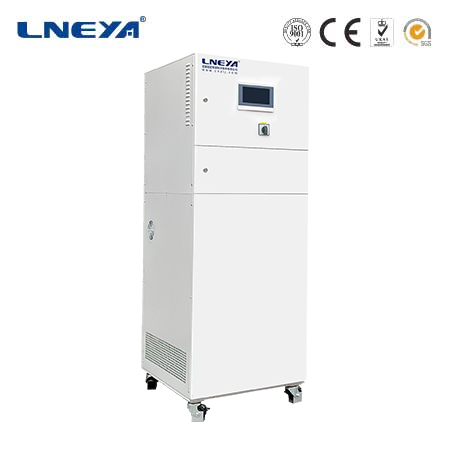cooling system machine
Understanding the Total Cost of Ownership for Cooling System Machines
Industrial cooling systems are essential for maintaining optimal operating temperatures in various manufacturing and processing facilities. These systems not only ensure the efficiency and safety of industrial processes but also play a crucial role in extending the life of equipment and reducing downtime. When considering an investment in a cooling system machine, businesses must evaluate the total cost of ownership (TCO), which encompasses more than just the initial purchase price.

Initial Investment Costs
The initial investment in a cooling system machine can vary widely depending on the type of system, its capacity, and the specific requirements of the application. For instance, air cooling systems are generally less expensive to install than water cooling systems, which may require significant infrastructure for water circulation and treatment. However, the higher upfront cost of water cooling systems can be offset by their superior heat dissipation capabilities and energy efficiency in the long run.
Operational Costs
Operational costs are an ongoing expense that includes energy consumption, water usage (for water-based systems), and the cost of refrigerants or other heat transfer fluids. These costs can be influenced by factors such as the efficiency of the cooling system, the local climate, and the utility rates. For example, data centers in cooler climates may find that air cooling is more cost-effective, while those in warmer regions might benefit from the higher efficiency of water cooling systems.

Maintenance and Repair Costs
Regular maintenance is essential to ensure the reliability and longevity of cooling system machines. This includes routine inspections, cleaning, and the replacement of worn components. The cost of maintenance can vary depending on the complexity of the system and the frequency of required service. Some systems may have lower maintenance costs due to their simplicity and robust design, while others may require more frequent attention and specialized expertise.
Environmental Considerations
The environmental impact of cooling systems is also a growing concern for many businesses. Some systems use refrigerants with high global warming potentials (GWPs), which can contribute to climate change. There is a trend towards using more environmentally friendly refrigerants with lower GWPs, which can also improve the energy efficiency of the system.
Types of Industrial Cooling Systems
There are several types of industrial cooling systems, each with its own set of advantages and disadvantages:

Air Cooling Systems: These systems use fans and heat exchangers to dissipate heat into the atmosphere. They are simple, cost-effective, and do not require water, but may be less efficient in warmer climates.
Evaporative Cooling Systems: These systems use the evaporation of water to cool air, which is then circulated through the industrial process. They are efficient and environmentally friendly but may require more water than other systems.
Hybrid Cooling Systems: These systems combine air and water cooling elements to provide optimal performance and efficiency. They can be more complex and costly but offer flexibility and adaptability to different conditions.
Water Cooling Systems: These systems circulate water or other coolants through heat exchangers to remove heat. They are highly efficient and suitable for high-heat applications but require significant infrastructure and can have higher maintenance costs.
Conclusion
When evaluating the TCO of a cooling system machine, businesses must consider not only the initial investment but also the ongoing operational and maintenance costs. Additionally, the environmental impact and the system’s efficiency in the local climate are important factors to consider. By understanding these aspects, businesses can make informed decisions that balance capital expenditure with long-term operational costs and sustainability goals.
Related recommendations
cooler cool
215Introduction to CoolersCoolers are indispensable tools designed to facilitate the transfer of heat away from a specific medium, thereby reducing its temperature. They operate on the principles of...
View detailschiller cycling
432Introduction Chiller cycling is an important aspect of the operation of chiller systems. It involves the repeated starting and stopping of the chiller unit in response to various factors withi...
View detailsair cooled chiller plant
274An air cooled chiller plant is a self-contained cooling system designed to generate chilled water by removing heat from the water and transferring it to the surrounding air. Unlike water-cooled ch...
View detailstemperature control chamber
291Temperature Control Chamber: A Comprehensive Guide Temperature control chambers play a crucial role in numerous industries and scientific research endeavors by providing a controlled environme...
View details
 LNEYA Thermal Test Chillers
LNEYA Thermal Test Chillers






HelloPlease log in